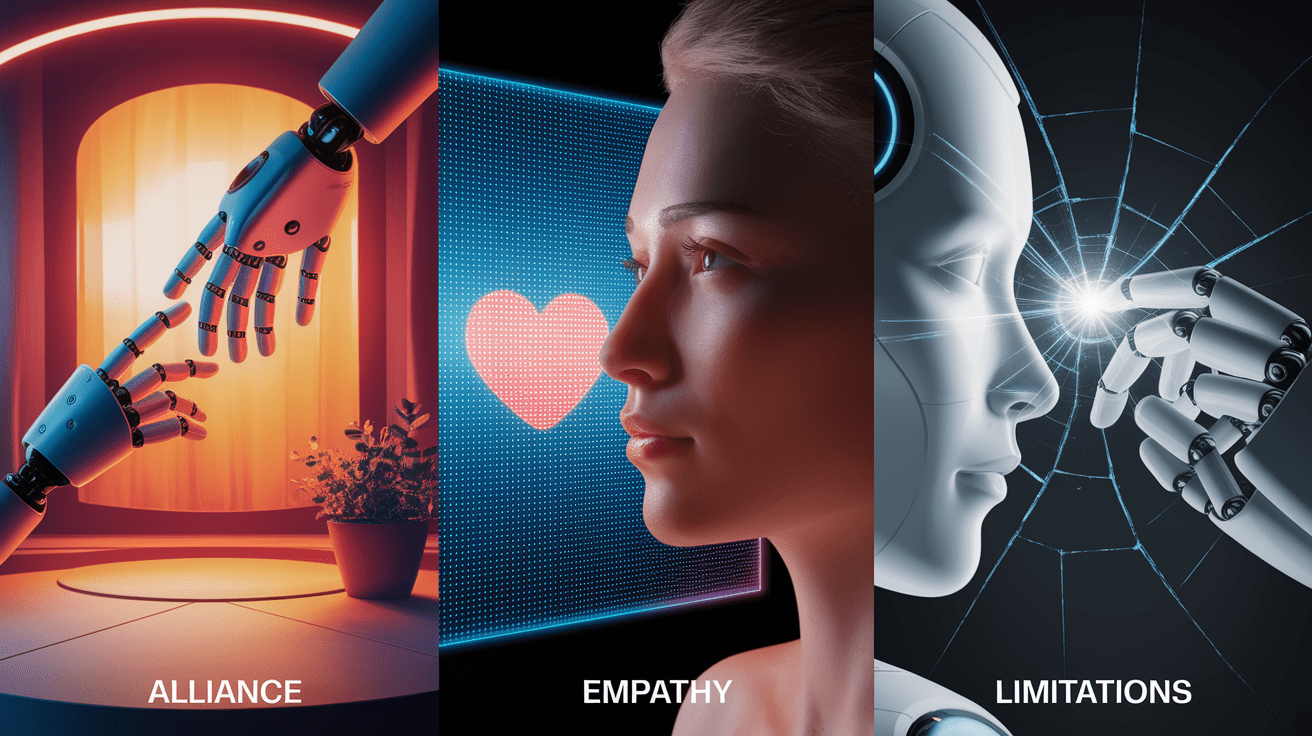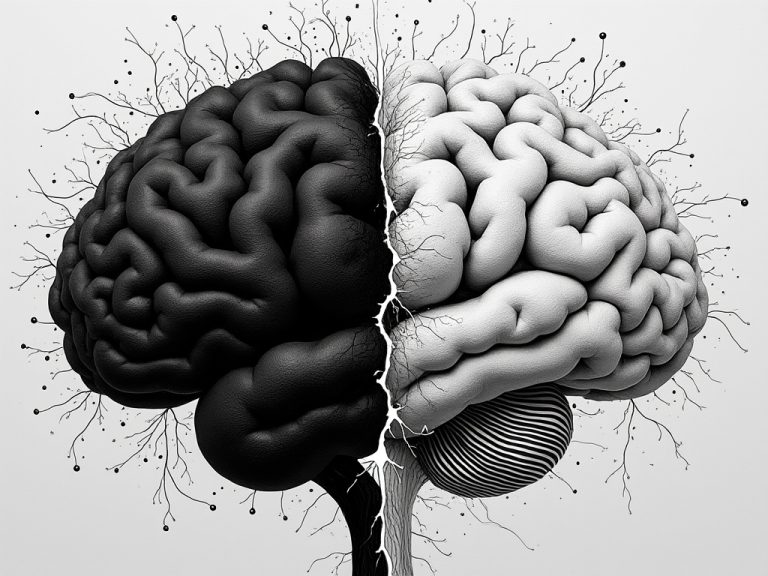Mindful Machines: Ethical and Psychological Dimensions of Conversational AI in Therapy
Opening the Dialogue: Why Conversational AI Therapy Needs Ethical and Psychological Scrutiny
Conversational AI is rapidly reshaping the landscape of mental health care by offering scalable, continuous, and accessible support through systems such as therapeutic chatbots, virtual therapists, and AI-assisted counseling. While evidence shows these tools can reduce symptoms of depression, anxiety, and psychological distress, their integration into therapy raises nuanced ethical and psychological questions. Central concerns include safeguarding sensitive patient data, ensuring content accuracy, and managing expectations about the role of automated therapy relative to human practitioners. Ethical scrutiny is paramount to balance innovation with patient safety.

How Conversational AI Fits into Modern Therapy
By leveraging natural language processing and machine learning, conversational AI systems simulate human-like dialogue and deliver interventions such as cognitive behavioral therapy (CBT), motivational interviewing, and emotional support. These digital therapeutics operate across mobile apps, messaging platforms, and web services, enhancing accessibility to psychological care outside of traditional clinical hours. According to a systematic review and meta-analysis, generative AI models—capable of dynamically producing responses—have demonstrated larger effect sizes in reducing mental health symptoms compared to rule-based systems.

- Accessibility: Reach underserved populations, including rural or remote patients.
- Efficiency: Automate routine tasks like appointment reminders and triage.
- Continuous Monitoring: Track emotional states in real time for proactive intervention.
Ethical Pillars: Privacy, Transparency, and Bias
The deployment of AI therapy platforms necessitates adherence to core ethical principles to uphold trust and patient safety:

- Privacy: Mental health data is highly sensitive. Robust data protection mechanisms are required to prevent breaches and unauthorized access.
- Transparency: Clear disclosure of AI capabilities, limitations, and decision-making processes supports informed consent and realistic user expectations.
- Bias Mitigation: Algorithms must be regularly audited to detect and reduce bias, ensuring equitable therapeutic outcomes across diverse populations.
Failure to address these pillars can undermine both therapeutic alliance and public confidence in digital mental health solutions. As regulatory frameworks evolve, adherence to emerging compliance standards will be necessary for safe deployment.
The Psychology of AI Interaction: Alliance, Empathy, and Limitations
Psychological engagement with conversational AI is shaped by factors such as perceived empathy, authenticity of responses, and the strength of the therapeutic alliance. Research has shown that a sense of trust with the AI can influence adherence and therapeutic outcomes (clinical trial evidence demonstrates high user satisfaction and symptom improvement for anxiety reduction).

- Therapeutic Alliance: Even in automated formats, rapport and trust remain vital predictors of treatment efficacy.
- Empathy Simulation: While empathetic language can be mimicked, authentic emotional reciprocity is limited by computational design.
- Limitations: Subtle emotional cues and complex psychological crises may challenge AI systems, necessitating human supervision.
These aspects underscore that conversational AI functions best as a complement to human therapists rather than a replacement, ensuring that care remains psychologically nuanced and ethically sound.
Navigating the Future: Regulations and Best Practices
As conversational AI becomes embedded in mental health ecosystems, shaping its trajectory will depend on implementing robust best practices and adhering to clear regulatory guidelines. This includes:

- Regulatory Compliance: Align with privacy laws and medical data regulations to safeguard patient information.
- Clinical Validation: Conduct rigorous trials to ensure treatment efficacy and safety.
- Human Oversight: Maintain clinical supervision over AI-generated interventions, particularly in high-risk cases.
- Education: Train users and clinicians on capabilities, ethical limitations, and appropriate use of AI counseling tools.
The integration of AI into traditional therapy can follow blended models—AI-assisted triage and continuous monitoring paired with human-led intervention—maximizing accessibility while maintaining depth of care (integration strategies in healthcare illustrate this balance).
Closing Thoughts: Charting an Ethical Path Forward
The promise of conversational AI in therapy rests on its capacity to expand access, personalize care, and provide timely interventions. However, this promise will only be realized if the inherent ethical and psychological challenges—privacy, transparency, bias, and empathetic limitations—are addressed with diligence. Regulatory frameworks, clinical validation, and continuous oversight are essential to safeguard patient well-being. By embedding ethical AI development principles into deployment strategies, the mental health community can embrace these technologies as mindful machines that augment, rather than diminish, human-centered care.







